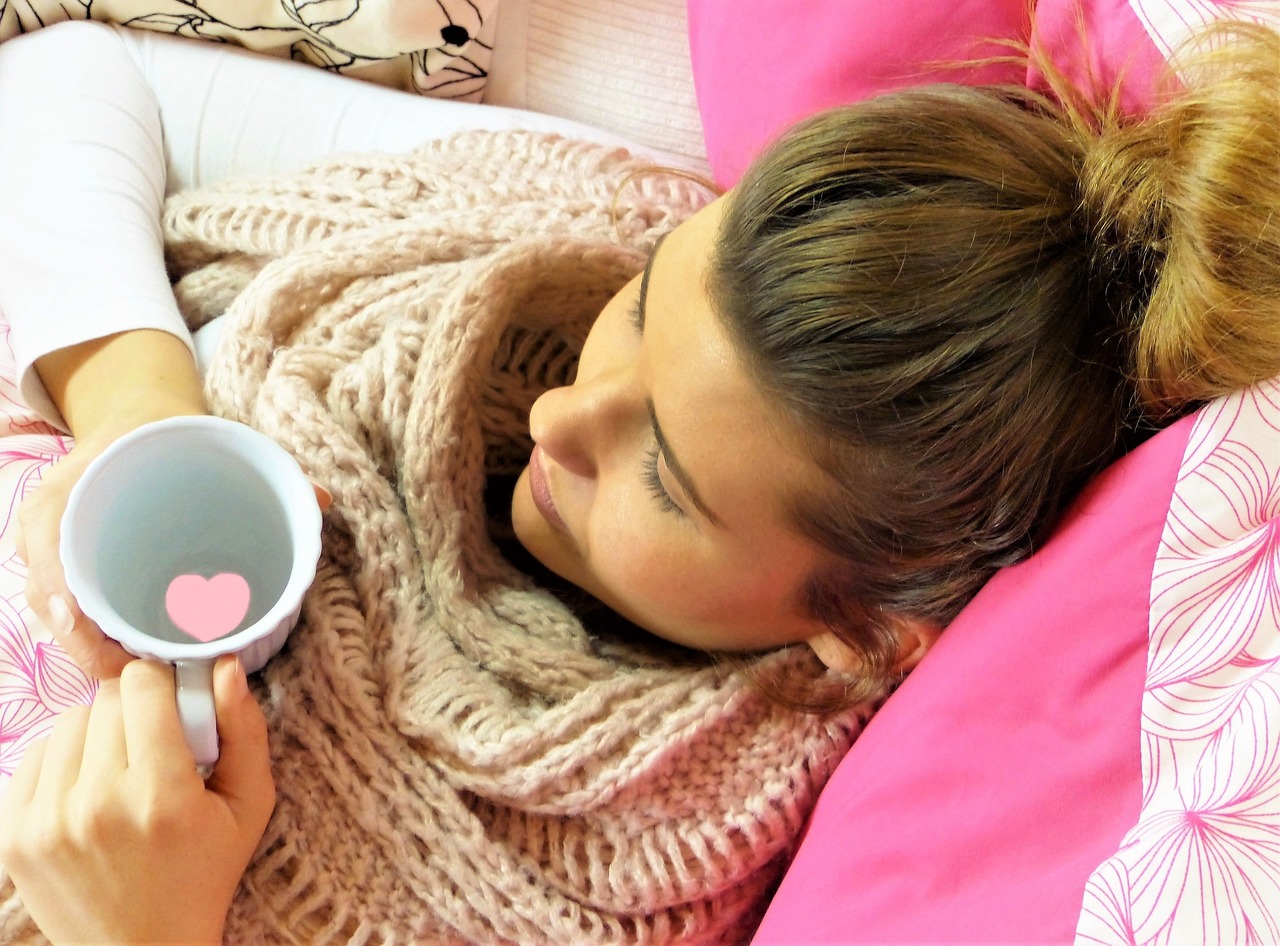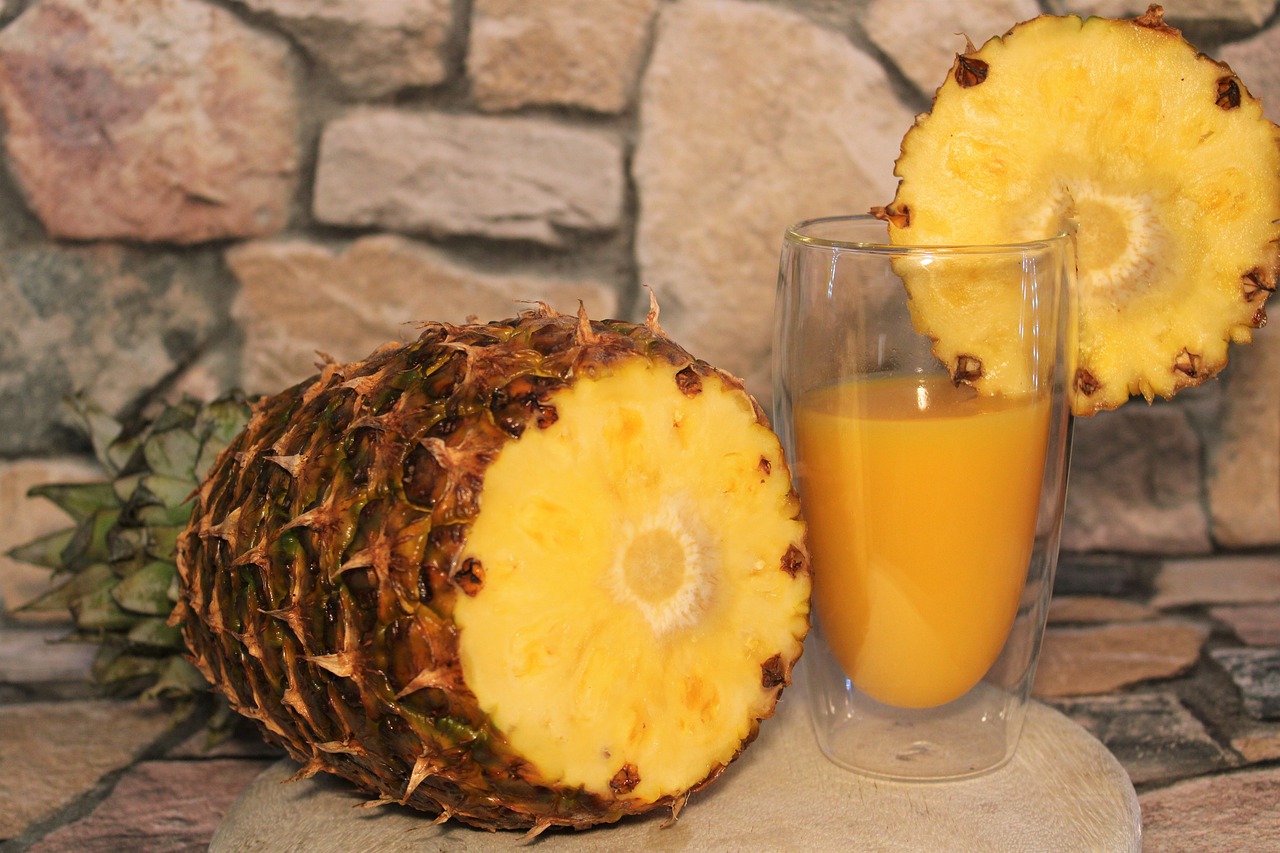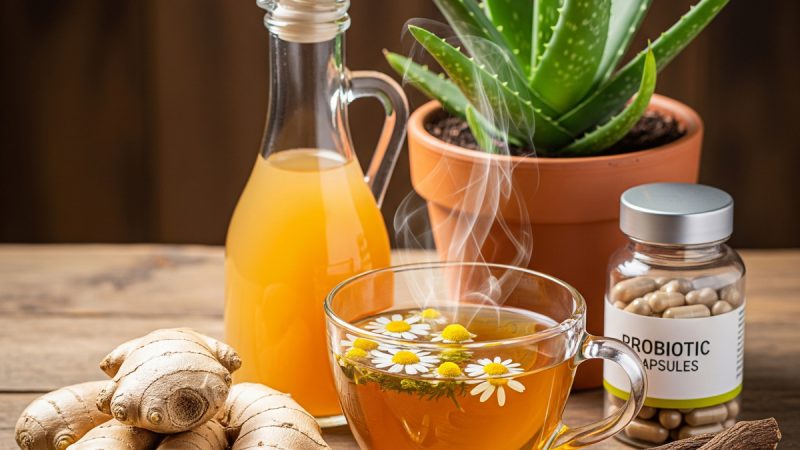How to Deal with Seasonal Affective Disorder (SAD)

Seasonal affective disorder is a type of depression that is trigger by the seasons of the year. The most common type of SAD is called winter-onset depression. Symptoms typically begin in late fall or early winter and go away by summer. A much less common type of SAD, known as summer-onset depression, typically begins in the late spring or early summer and goes away by winter. SAD may be related to changes in the quantity of daylight during different times of the year.
What Causes SAD?
SAD is believed to be caused by a disturbance in the normal circadian rhythm of the body. Light entering through the eyes influences this rhythm. When it is dark, the pineal gland produce a matter called melatonin which is responsible for the drowsiness we feel each day after dusk.
Experts believe that, with SAD, depression is one way or another trigger by the brain’s response to decrease daylight exposure. No one really understands how and why this happens. Current theories about what causes SAD focus on the role that sunlight might play in the brain’s make of key hormones.
People who suffer from SAD experience a predictable pattern: the downturn typically begins as daylight hours dwindle in the fall; symptoms become more severe in January or February, and then symptoms lift as the Vernal Equinox approaches.
What Are The Symptoms of SAD?
• Difficulty concentrating
• Irritability and anxiety
• A change in appetite, especially a craving for sweet or starchy foods
• Weight gain
• A drop in energy level
• Fatigue
• A tendency to oversleep
• Increased sensitivity to social rejection
• Avoidance of social situations and a loss of interest in the activities you used to enjoy
Symptoms of Summer-Onset SAD Include:
• Irritability and anxiety
• Agitation A loss of appetite
• Weight loss
• Insomnia
• Increased sex drive
How to Deal with SAD
• Avoid caffeine, sugar, and white starchy foods. These are stimulants that create a temporary fix (in the form of a sharp spike in alertness and energy), but the after-effect is to feel more sluggish and depressed than before ingesting the stimulants.
• Physical exercise helps relieve stress and anxiety, both of which can increase seasonal affective disorder symptoms. Being more fit can make you feel better about yourself, too, which can lift your mood.
• Eat apples, pears, apricots, grapefruits, and oranges. These fruits raise the serotonin levels in the brain.
• Make your environment sunnier and brighter. Open blinds, add skylights and trim tree branches that block sunlight. Sit closer to bright windows while at home or in the office.
• Increase your intake of lean protein. Eat chicken, turkey, fish, and low fat cheeses. These will reduce your cravings for crabs, and will help you avoid the weight gain that is associated with seasonal affective disorder.
The Author:
Ayurvedic Herbal Cure
Photo. Silvia
Source. AB








